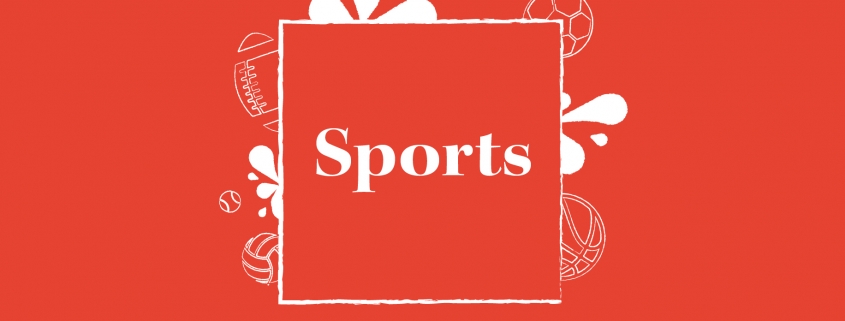The Boiling Point: “Student-athlete” isn’t a real term, it’s a cover-up
Let’s go back to 1955 and meet 26-year-old football player Ray Dennison.
Dennison was a right guard for the Fort Lewis A&M Aggies in Colorado. Dennison attended Fort Lewis on scholarship as an Army veteran benefitting from the GI Bill.
In the opening kickoff return against Trinidad Junior College that September, Dennison was kneed in the helmet by the ball carrier. The impact shattered the base of Dennison’s skull against his spine, and he died two days later as a result of the injuries.
After Dennison’s death his widow, Billie, filed a claim for death benefits under the Workmen’s Compensation Act. The Colorado Industrial Commission approved the claim, but Fort Lewis fought the case all the way to the Colorado Supreme Court in 1957.
The ruling?
Dennison did not qualify for death benefits. Fort Lewis “was not in the football business,” and football players are not college employees— they are “student athletes.” It was the first published use of the term, and it changed the course of NCAA history.
When breaking down the label “student-athlete,” its frustratingly vague nature becomes apparent, and that’s exactly why the NCAA used the term in its first legal defense as to why college athletes shouldn’t be paid.
“Student-athlete” is a double-edged label. The term delegates players at a higher level than just students at play, but it also downgrades the implication that they compete at a level above average. This term fits the middle ground, allowing the NCAA to delegate scholarships as their form of compensation.
Basically, it means “overworked individuals.” The expectation that student-athletes can’t exceed at both parts of their label is now the NCAA’s defense to avoiding compensation.
What the Colorado judges said in 1957 by using the term “student-athlete” in their ruling was that the designation isn’t noble enough to earn labor rights — student-athletes are individuals whose injuries on the job are fluke accidents caused by extracurricular pursuits.
The NCAA in the decades since has only grown. A “football business” is now an understatement for what the association truly is: an empire.
But the NCAA’s main revenue generators are still delegated as amateurs. In fact, “student-athlete” has been a heavy crutch in the association’s countless legal defenses since 1957. In the defense against athletes’ rights to profit from licensing in O’Bannon v. NCAA, a San Francisco District Court judge used the term more than 200 times in her 2015 ruling to uphold amateurism rules.
As college athletic departments reel in money not only from revenue but from boosters, training facilities now surpass some professional-level gyms. USC has an underground workout field for crying out loud, but the football players on that field can’t be treated as professionals or even employees under the law.
It is pure hypocrisy on the NCAA’s part. Demanding a strict practice schedule in these high-end facilities effectively bars athletes from functioning primarily as students, and the labor and time they are expected to devote toward their athletic endeavors assumes a higher level of competition than amateurism.
Athletes deserve the right to unionize, bargain and ask for medical coverage from institutions that effectively control act as employers who many athletes are financially dependent on for college.
The way athletes get to the point of employment is by challenging their label first. “Student-athlete” was never meant to be an impressive feat to put on a resume. The NCAA created the term to cover up the strain of duality that college athletes must bear while competing for and studying at universities.
“Student-athlete” implies that there are those who can use university institutions as jumping-off points for a career, and others whose time as young adults will be used by universities for revenue. Young athletes are not legal defense jargon — they are employees of universities who deserve proper identification and rights under labor laws.
It’s time we got rid of the “student-athlete” label and hold universities accountable for athletes’ overdue fair pay.
Taylor Mills is a sophomore writing about the NCAA. She is also a sports editor at the Daily Trojan. Her column, “The Boiling Point,” runs every other Friday.

